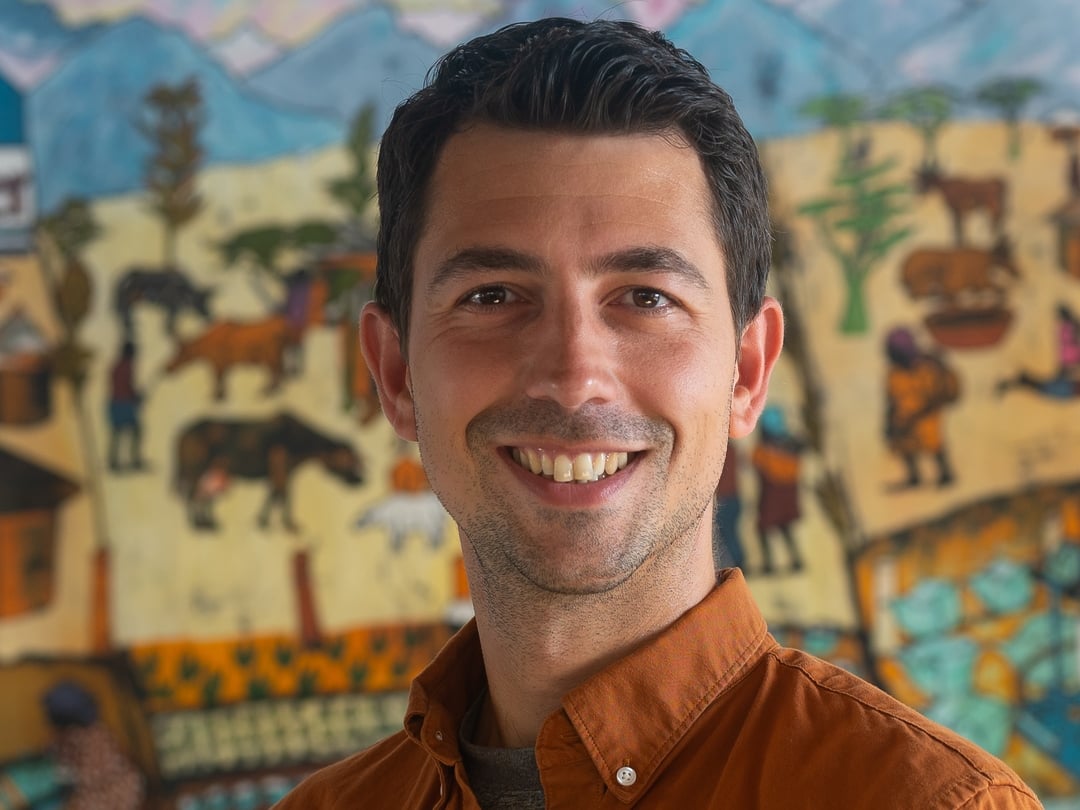
At Mulago, we bring together small groups of social entrepreneurs for an intimate fellowship experience, usually in sunny California. In the interminable dumpster fire that is 2020, we’ve now done 4 rounds of the fellowship over Zoom. It started bumpy but we learned a lot along the way. And against all odds, we think our virtual fellowships were good exercises in teaching, connecting, and building community.
We hope 2021 means we can return to the magic of bringing people together in person, but if you’re holding the reins on a virtual program, here are a few tips & tricks we wish we’d known sooner.
Design the learning arc
Start with the end in mind. Think deeply about what the participants must learn and come away with — and then layer on what you can reasonably make happen. We try to design an experience that arrives at a set of outcomes. (For us that means fellows get clear on the design of their solutions, define/test strategy for scale, and begin to build the organization that’ll move them up the scale curve.)
Plan the learning arc out from beginning to end — from pre-work (more on this in a bit) to the essential topics and insights all the way to a final deliverable — like a roadmap or master plan — they can take with them and refer back to again and again.
Your virtual curriculum shouldn’t look the same as in-person, so know the tradeoffs (and silver linings). One thing you can take advantage of right now is that everyone is remote. We were lucky enough to curate an extraordinary line-up of experts to connect with our fellows because it’s easier to take a few hours to hop on Zoom than to fly to California and back.
Pre-work works
Make the most of a short time together by asking your participants to do a little homework in advance of live-virtual sessions—we called it “pre-work.” We prepared and shared foundational materials in meaty decks, which allowed everyone to hit the virtual ground running with a shared vocabulary and understanding. We gave them plenty of time (3 weeks!) to get through it too. The fellows started off their first day with a solid footing and a V1.0 of a deliverable—a core document—that worked as the through line throughout the time we spent together that they could iterate on. In the end, and to our surprise, we got a lot farther than we ever have in person by asking for a little more prep on the front end and referring back to a core document until we had something more polished.
Pre-work is probably not relevant for a one-hour webinar, but if you’ve got a multi-day commitment from your participants—leverage pre-work to wring the most out of your shared time.
Make it lively and interactive
Zoom fatigue is real. Think about the dose of Zoom you’re asking folks to take on, and understand that 4 hours in a given day is likely the max you can expect. Even then, you’ll want to find ways to break up the time to make every minute count and every half-hour or hour feel like a unique experience.
It’s easy to tune out a virtual session if it’s one person lecturing for more than 10 minutes. Try to have dynamic moderators interacting with guest speakers as the bare minimum — and the more full audience participation you can get (through cold calls, facilitated breakouts, activities), the better! Every session should pass the laundry test: if you could listen while folding your laundry and not lose anything, you should probably pre-record it and not make people wake up early or stay up late to listen in real-time. If someone is joining live, set a high bar -- you want them to engage and contribute.
When you meet in person, people can build connections naturally, whether it’s over a meal or on a walk. But as a digital facilitator, you’ve got your work cut out to build community from afar (for obvious reasons). It’s worth it to devote some time to connections among the participants and bring levity, because whether it’s online or offline, those moments are what people will remember.
Turns out you can spark some connections simply and quickly. We carefully wove in several short bursts of time throughout the week to allow people to gradually let their guards down and get to know each other. We saw success starting small, and deepening through the week (we resisted the temptation to front load it). For example, we made sure intros were tight, quick, personal, and fun. From there, we sprinkled in short energizers like trivia and group stretches. By the end of the week, our fellows were happy to literally give each other MTV Cribs-style tours of their homes and, eventually, share honest lows and highs from the year (protip: always end on a high note)!
If this has got you itching for more detail, this deck has a lot more of the nitty gritty details and examples that worked for our specific fellowships. And let us know any great resources you’ve used in the comments below. We have a lot to learn, a lot, but it helps to be on a team that’s always excited to test new stuff in the hopes of getting better every time.
Comments